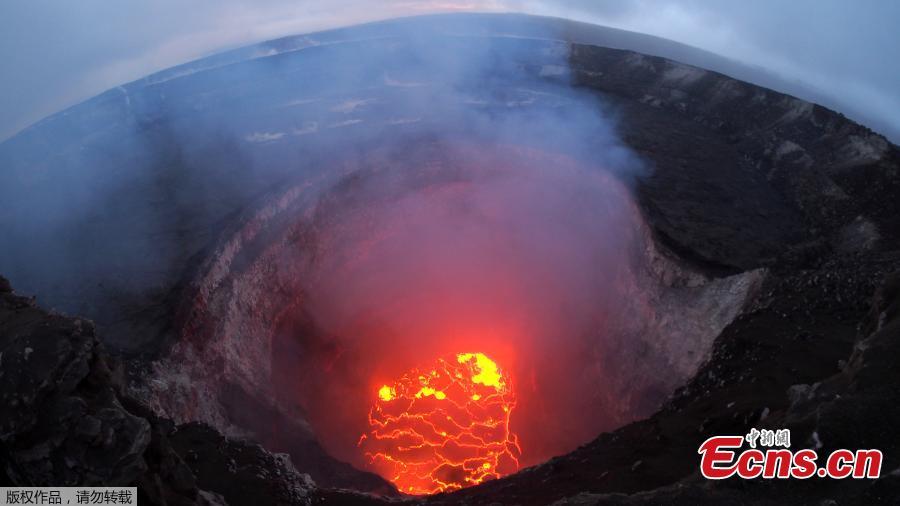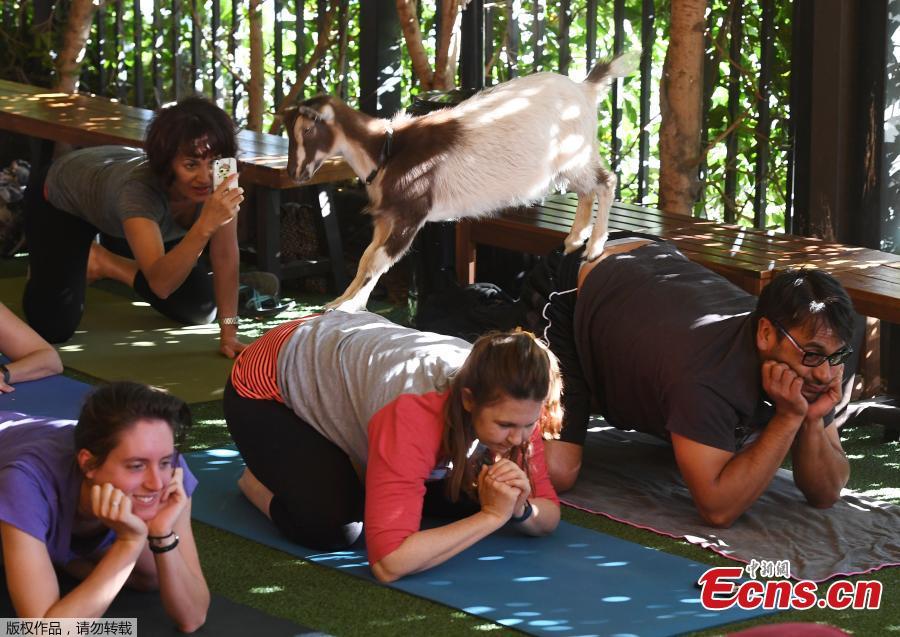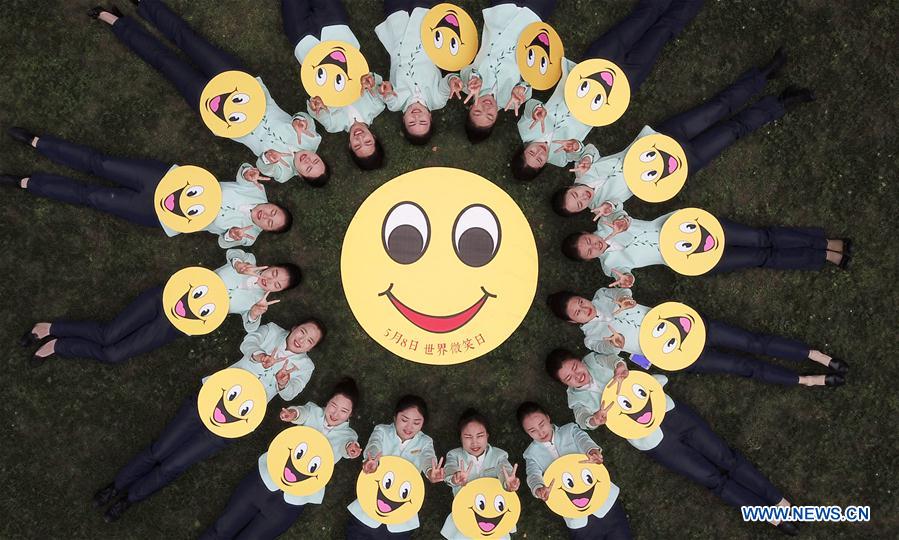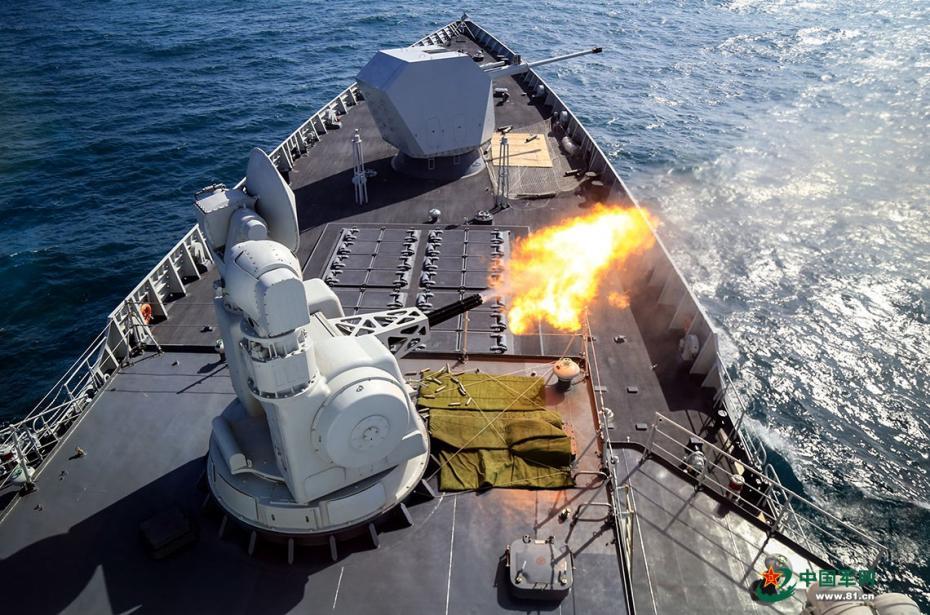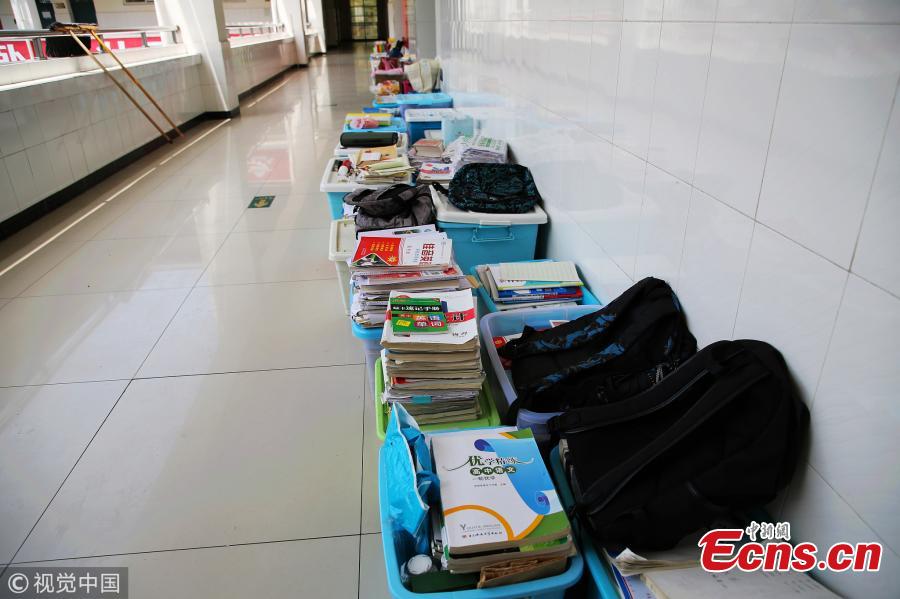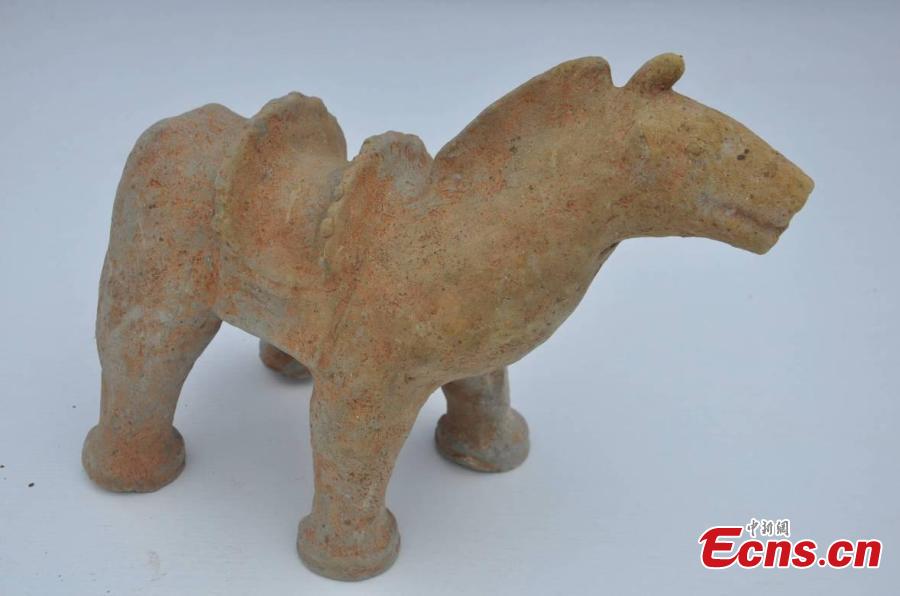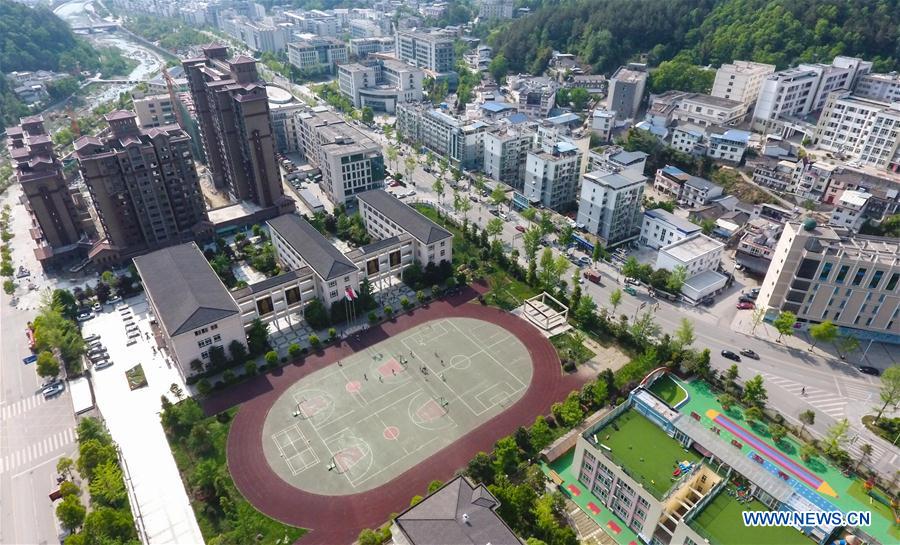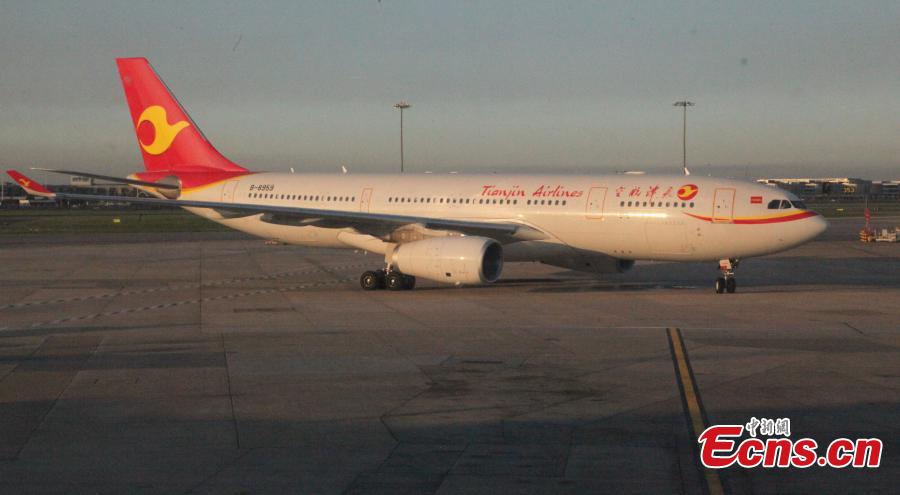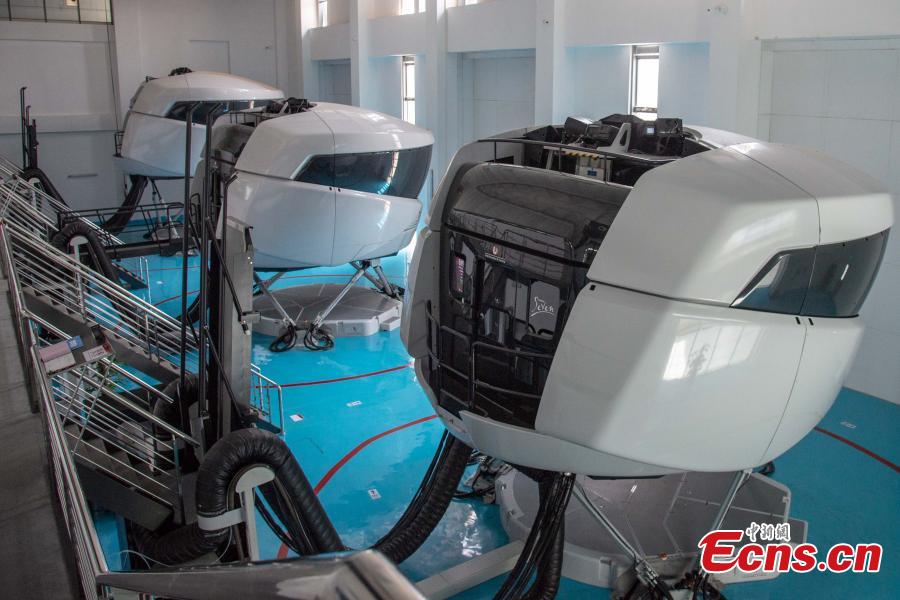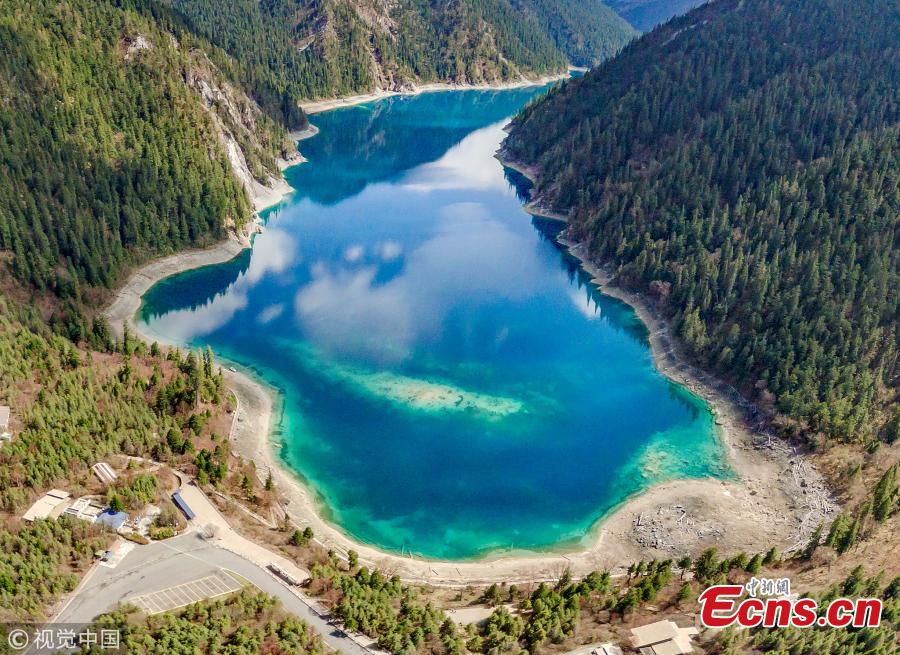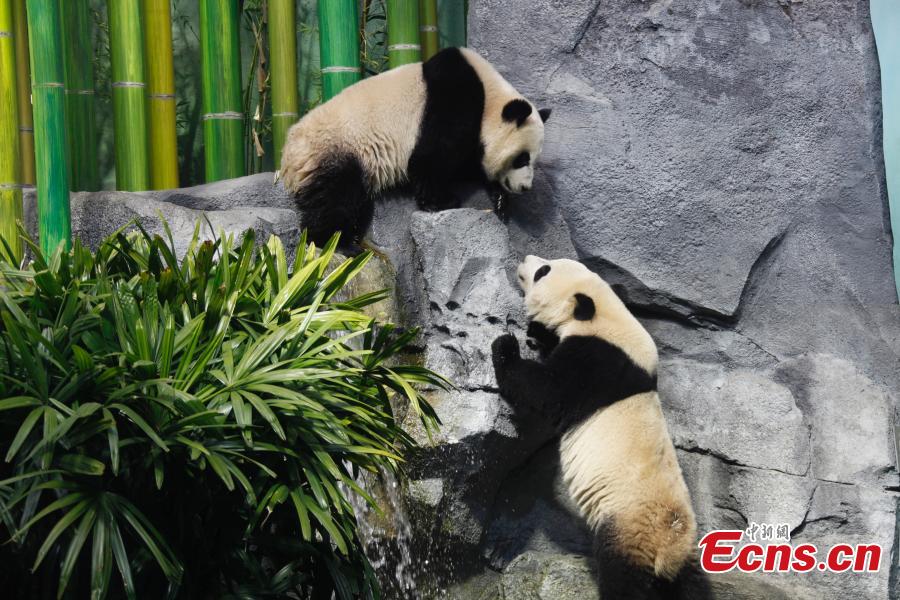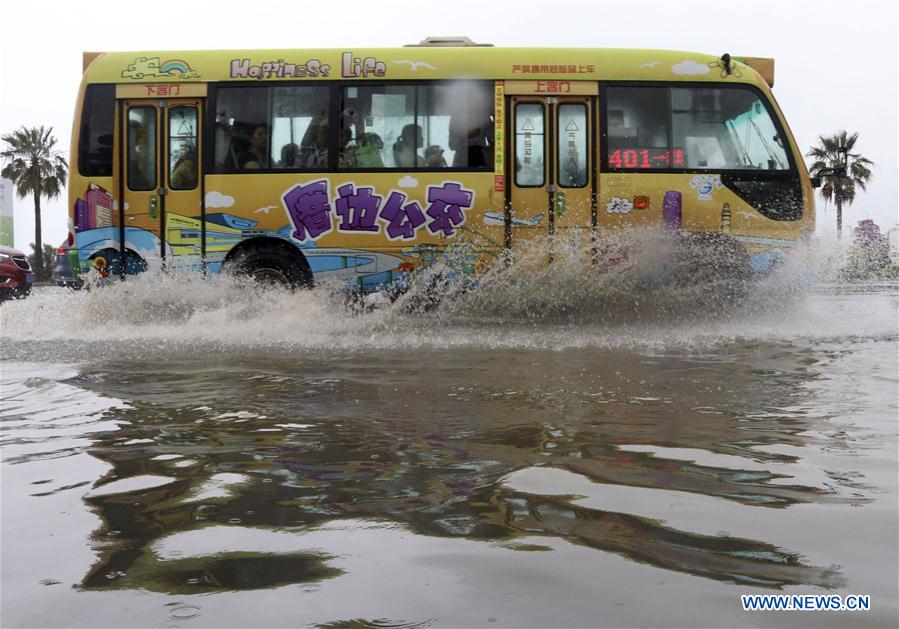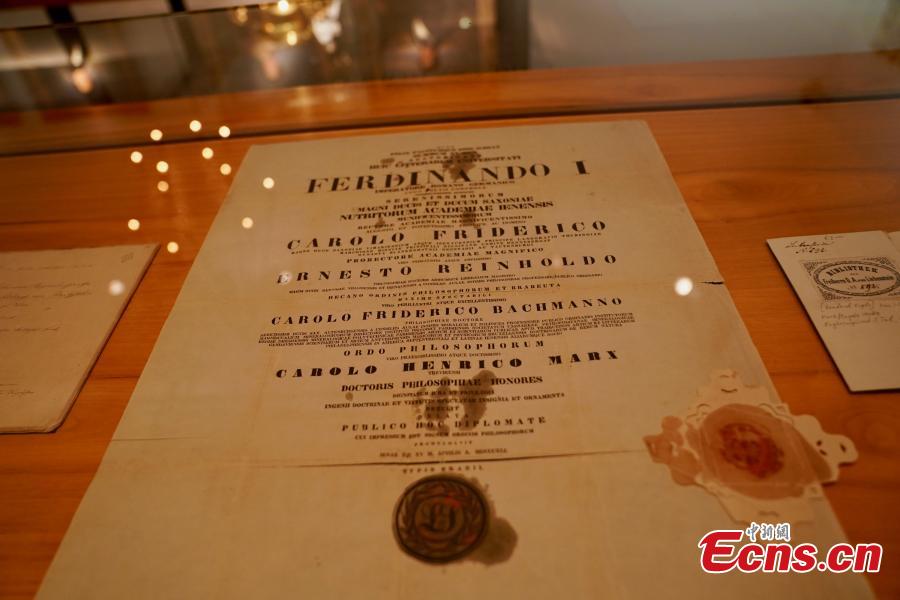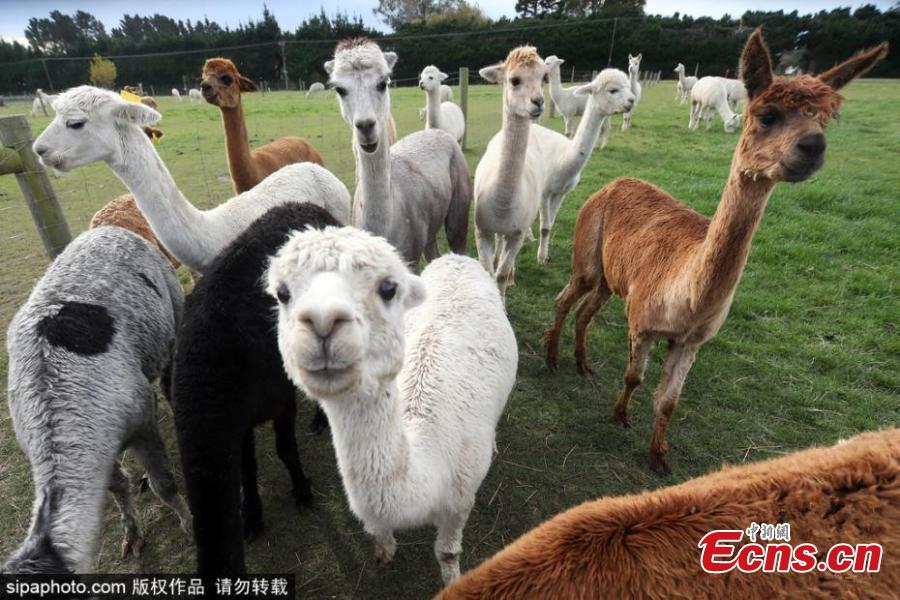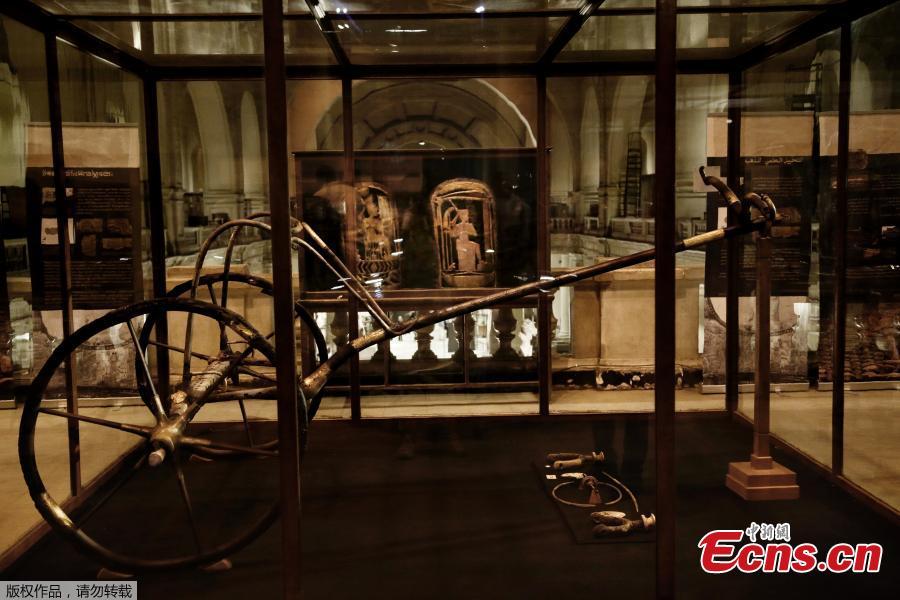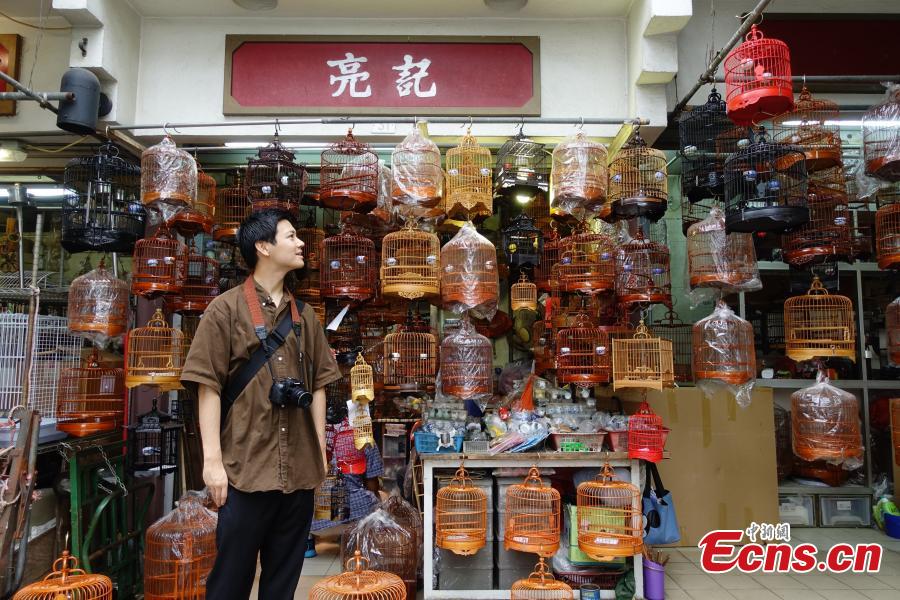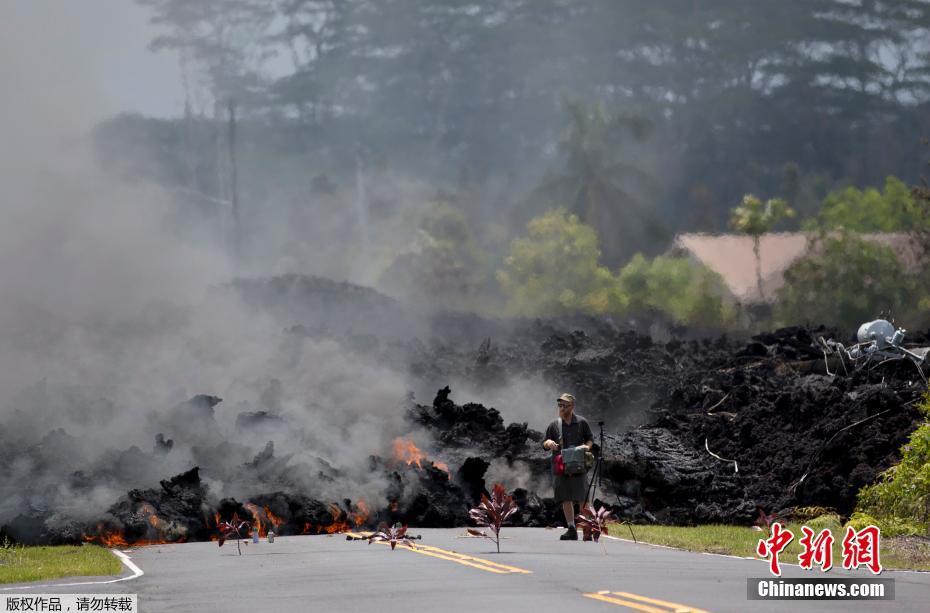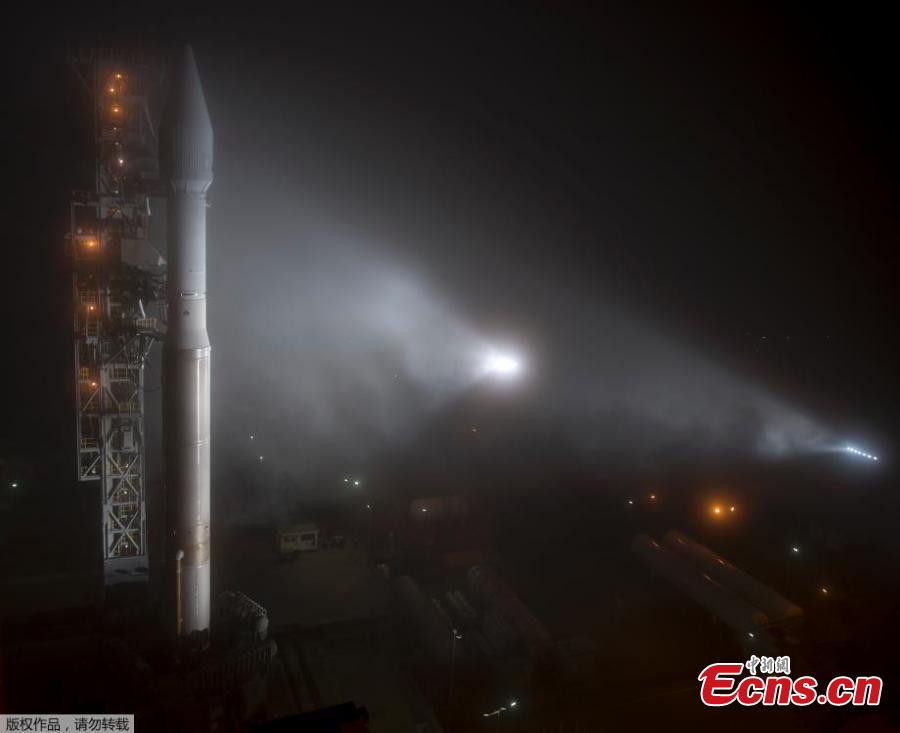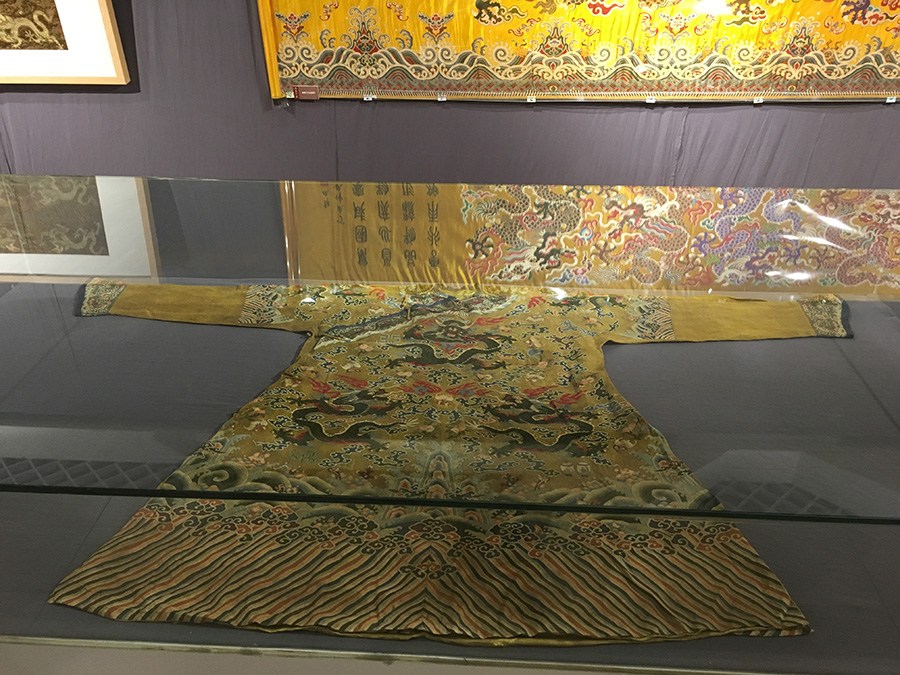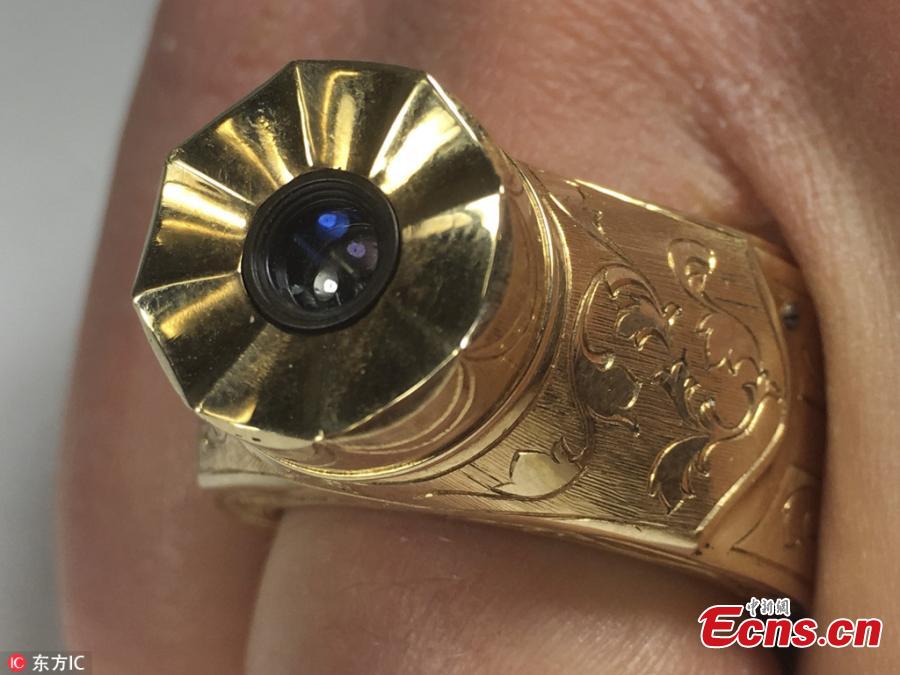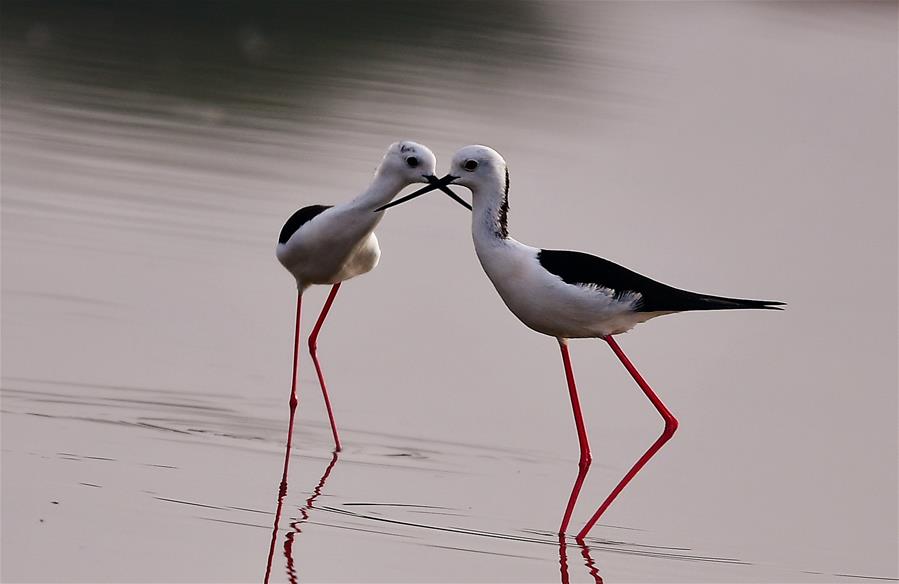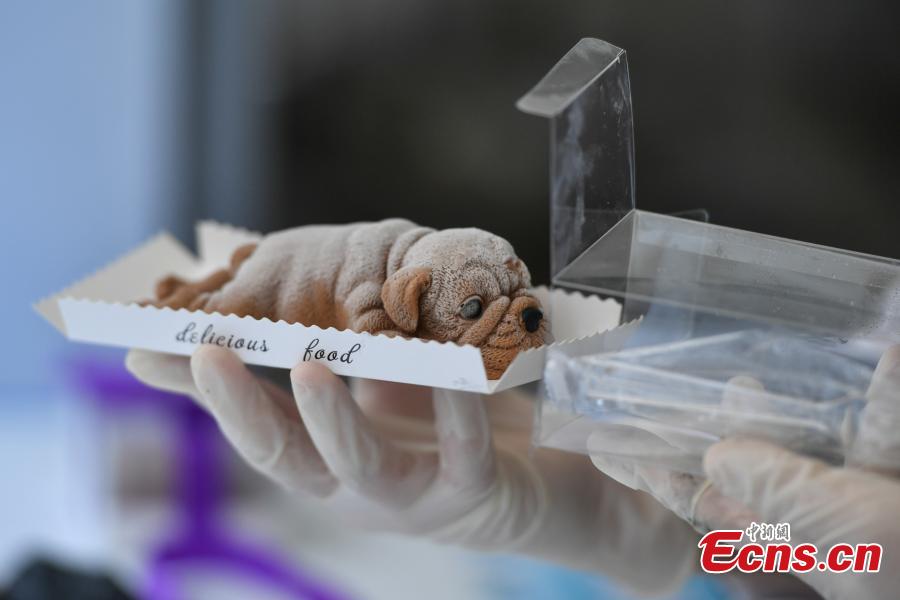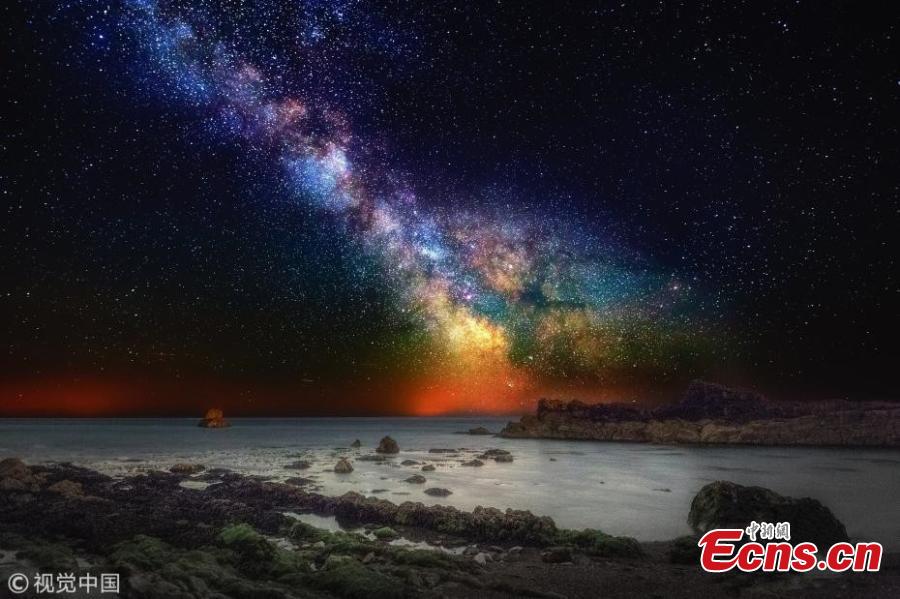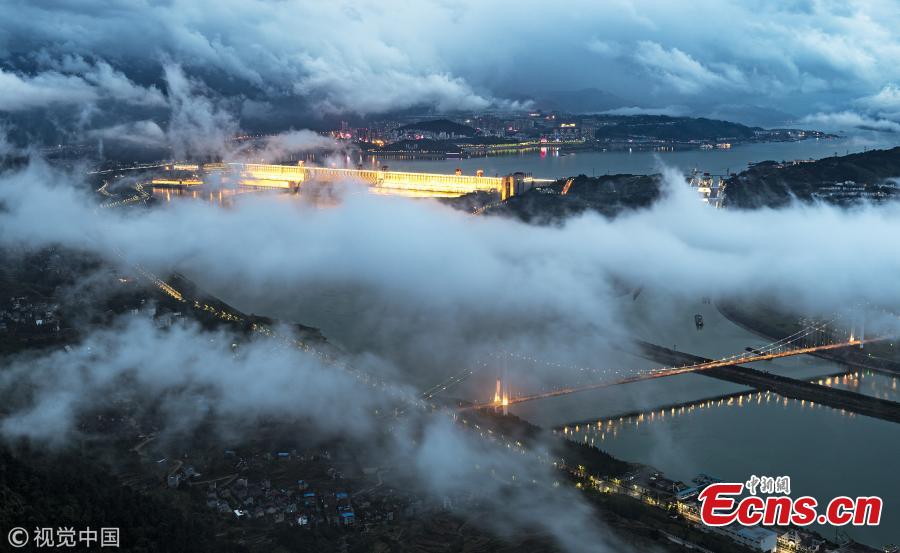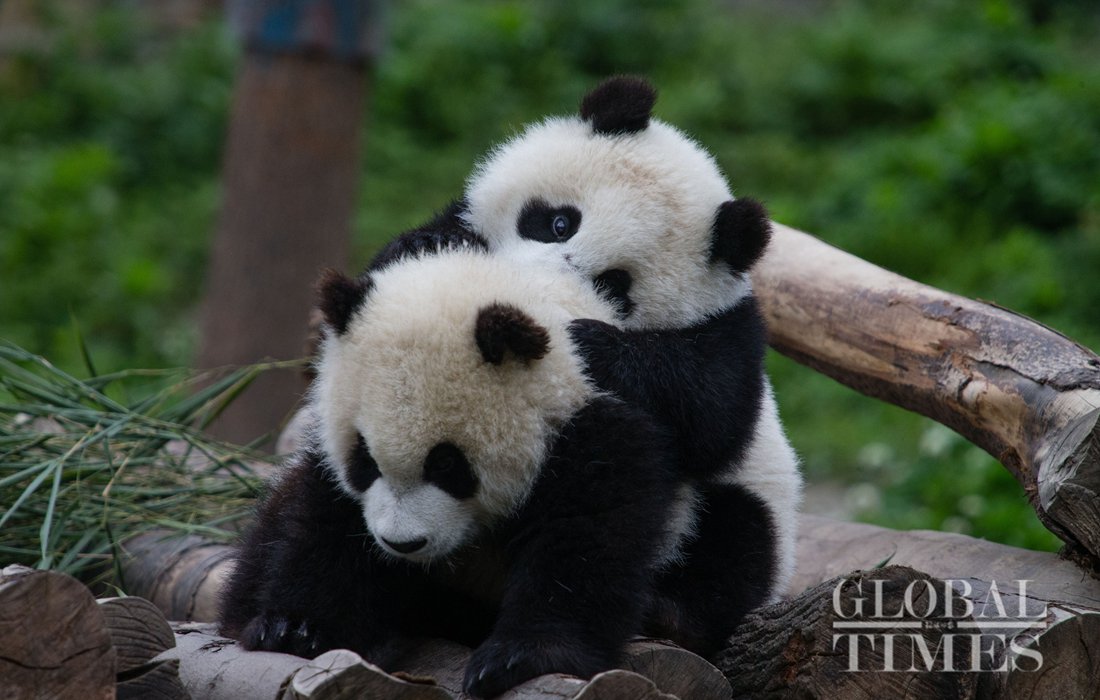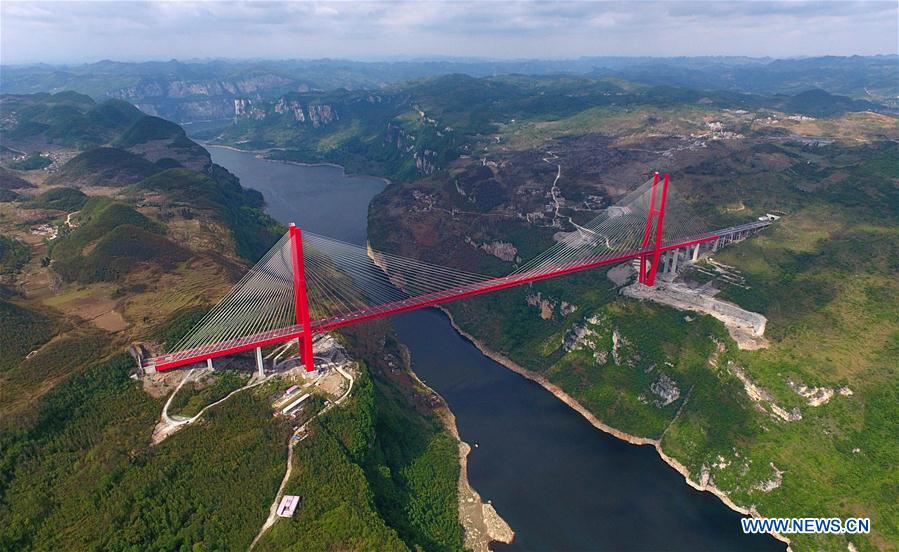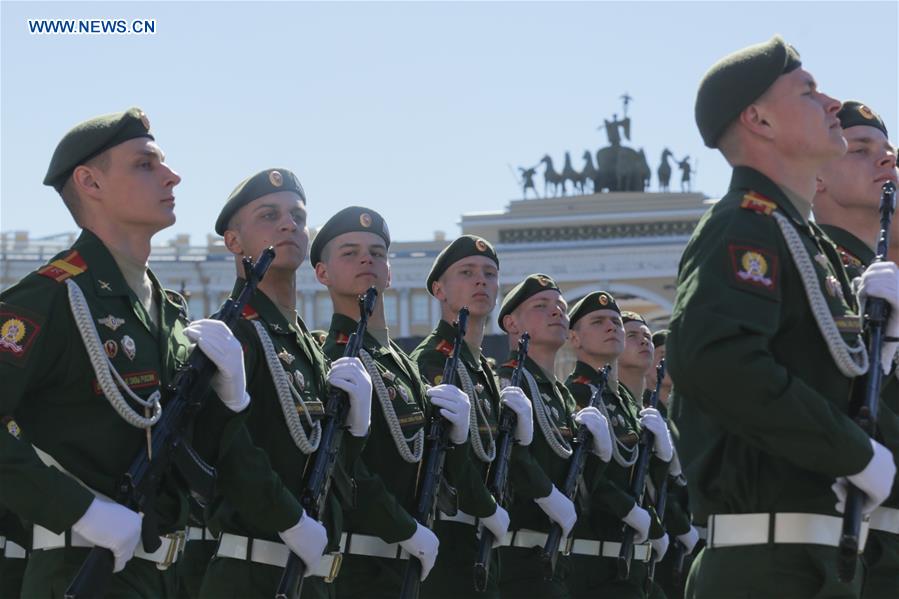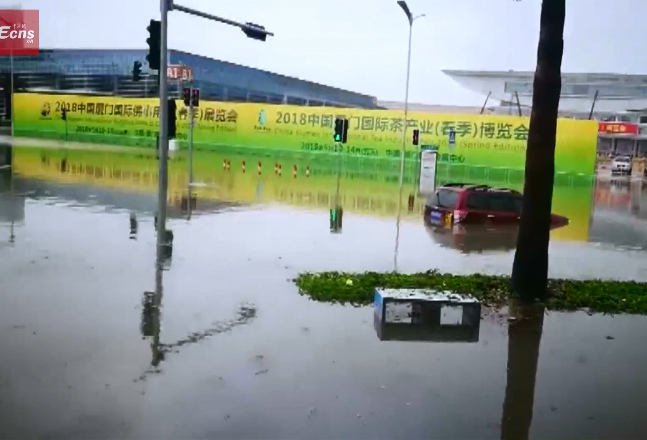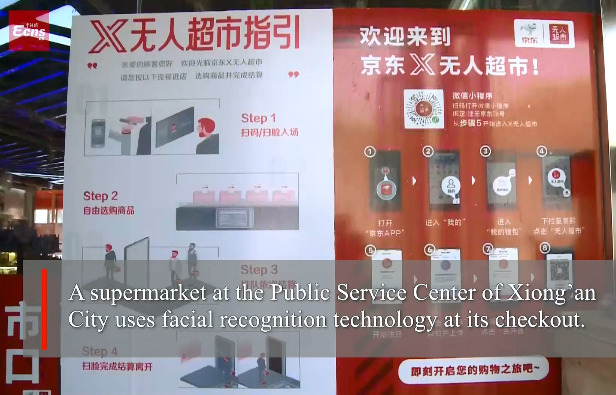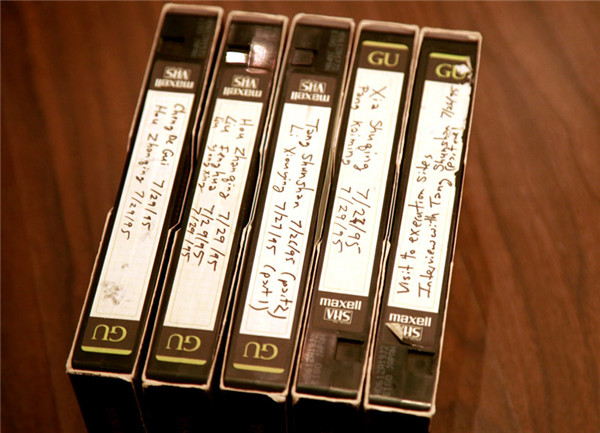
Tapes recorded by Iris Chang, author of The Rape of Nanking. (China Daily)
"There, my grandpa, who worked as a porter at the river port during the Japanese occupation, pointed to the water and said to me: 'Lots of people were killed here'.
"The streaks of crimson had long dissipated, carried away by the flow of water into the minds of people like me, where they pooled and congealed."
Wu's museum is located near the Andemen Gate, the southwestern entrance of Nanjing, through which two Japanese Army divisions entered the city 80 years ago.
Zhang Lianhong, a history professor at Nanjing Normal University, was one of Wu's major consultants. He also helped to translate Tai's English foreword into Chinese.
"At one time, we searched for him and his descendants, in vain. He stated that he worked in the Nanking University Library, inside the safety zone. But his name was not on the university's faculty list," he said.
"Possibly he didn't use his real name, given the risk involved. But that only makes his endeavor more inspiring," he added.
Denial
"If there has been any change of attitude in our research of the Nanjing Massacre and the Japanese occupation of the city, it's that before, we mainly used what we discovered to counter right-wingers in Japanese society who denied the killings and cruelty," he said.
"The denial is still there, and probably will be for a long time. But our research has become more academically oriented. History deserves to be known." That goal motivated Wu and Gao, the history professor who shocked him with the Magee film.
"Everything here speaks volumes," Wu said, leafing through a diary in his collection. It was written by a Japanese soldier who was in Nanjing in 1937.
Part of one entry simply reads, "December 13, 1937; a bright winter day."









